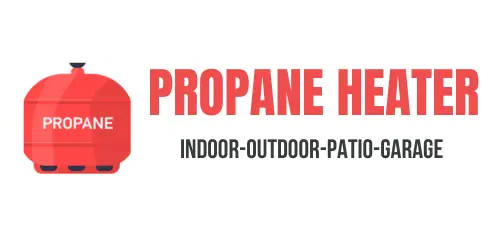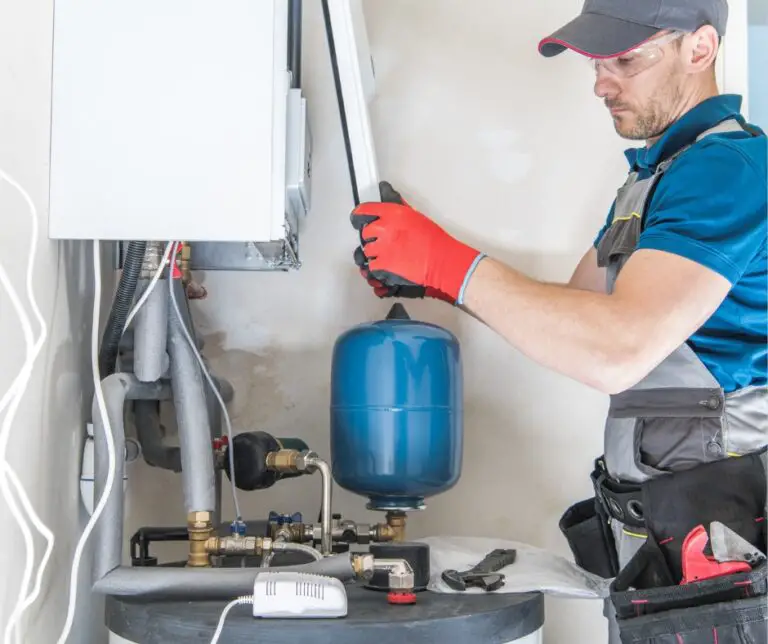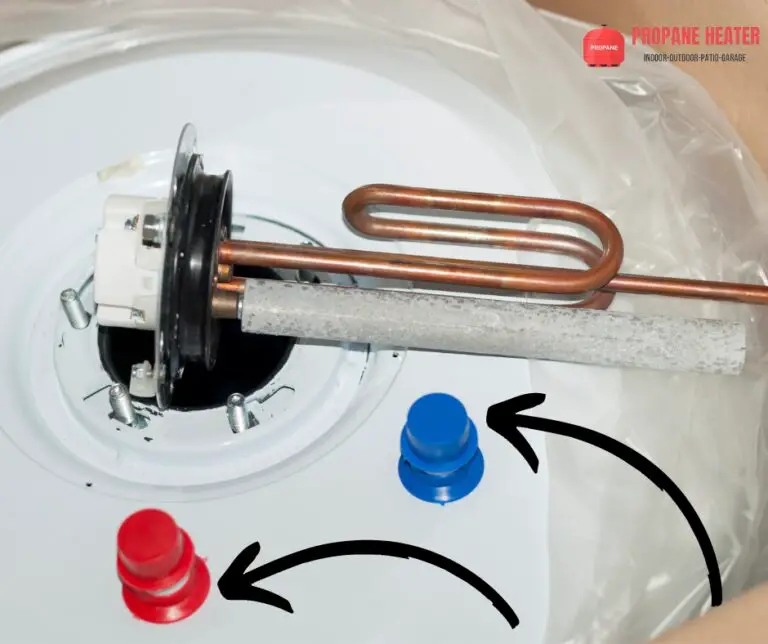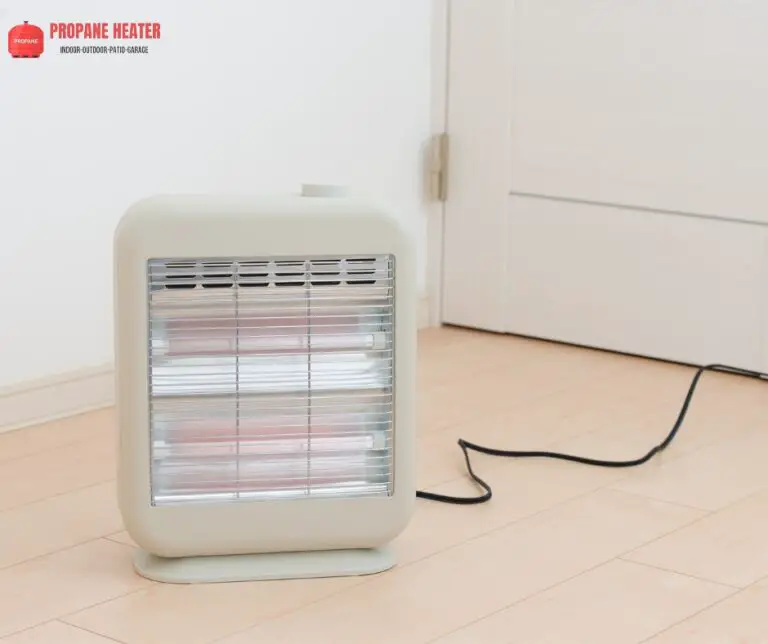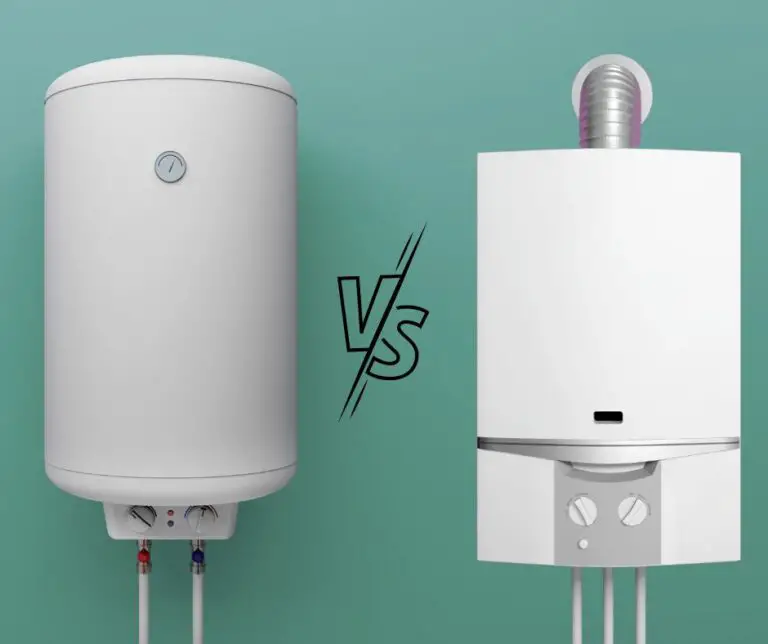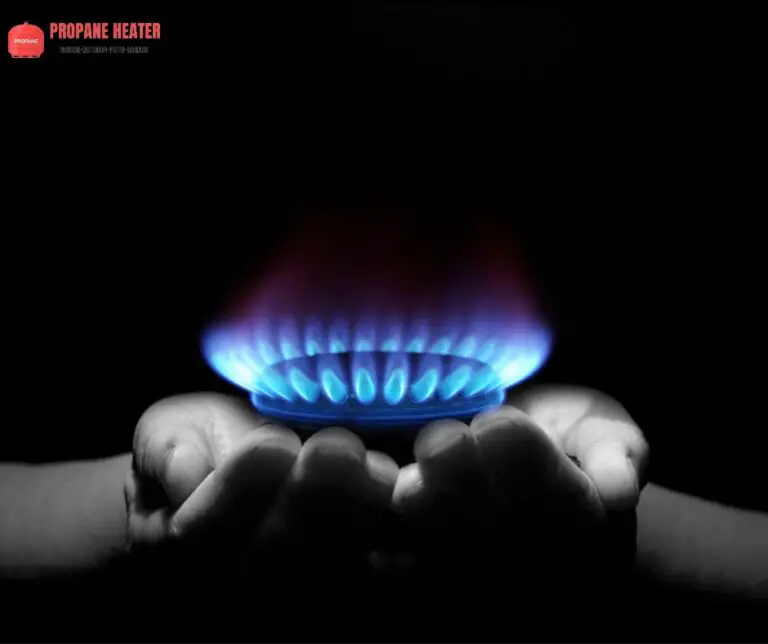
The population has become a big concern for people all over the world. Average big homes around the USA come with only 2-3 people living and spending a bigger cost. From 1983 to 2018, there’s been a huge spike in the purchase of large homes. In 1983, the average size of homes were around 1725 sq ft. Till 2013, these figures went on increasing every day and it turned out to be 2598 sq ft per home. The movement for tiny houses in America started right from 2004 to counter the problems of using more space per capita.
Today, almost 10000 tiny houses are located all over the country and this number is increasing every year. On average, almost 700 new houses are being built every year and this number may just increase again in 2021. However, this is just the official data as conducted by the Government. There are more houses built all over the country and it is setting up a trend to set up. There’s been a scarcity over the average space consumption per house. Now the population is increasing and more people are expecting to move into a tiny house.
The average listing price of a tiny house is around $46300 which refers to the use of most houses being around 200 to 400 square feet. This is the standard size for most of the tiny homes all around the country that also allows more people to live in small families. The use of space management all over the country is increasing every year and tiny house movement is a top requirement. There are some amazing numbers and stats that we have discussed here. If you want to make your own tiny house movement, these figures and amazing statistics will help you to fetch the best results.
What is a tiny home?
By the term tiny, you could already guess that it refers to the size of the home. Although many people can refer to a small home to a tiny one, there’s a major difference in this. According to the International Residential Code, Appendix Q, a small home can be up to 1000 square feet. However, the tiny home refers to space that is below than 400 square feet. Coming to the statistics, the average height of the tiny home should be around 8 feet.
Moreover, it can start from as low as 80 square feet in the space size. The reason why tiny homes are called to be so is because they can be created on recreation vehicles and do not require a permanent ground for dwelling. To generate power in such homes, solar panels may be used.
Why to buy a Tiny Home?
Tiny homes can be a great option to choose for anybody. Of Course they are affordable in terms of building the homes, but the most impressive part lies in other benefits that a tiny home can provide. There; a lot more to add when it comes to being so attractive. It’s not just in USA today, but more people are trying to get to purchase a new tiny home that will help them to settle in a small space easily. Here are some of the major reasons on why choosing a tiny home could go better.
Affordable
When it comes to the cost of a tiny home, the size of a tiny home is much lower. This is why the overall cost also comes down to a bit low. Coming to the dollars to spend per square feet, a tiny home is however, a bit more expensive. This is mainly because the average use of space is well-designed for multiple uses. There are almost 60% of the tiny home owners who have no debt over the finance structures. Because of not a high amount, the average cost of building a tiny home is very less. Here are some key stats that are mentioned below:
| Features | Tiny Home | Average Home |
| No Debt | 60% | 20% |
| Sell Price | $59000 | $300000 |
| Purchase Rate | 78% | 65% |
| Savings | 55% | 22% |
Carbon Footprint
When you live in a smaller home, it automatically means that you are about to consume lower levels of electricity. Most of the tiny homes are compatible with natural gas usage which means it takes less financial support to heat or cool the space. Even small space heaters and air coolers could get the job done for you. This is why, energy efficient models like solar panels and electronic combos are in such high demand from the people.
Coming to the other major benefits, the tiny home owners develop a better response in consuming lower amounts of electricity, water and also composting. It becomes much easier living in a tiny house and it allows less housekeeping maintenance as well. If you are having a small family, the tiny home is a nature friendly place to live. Overall, it brings up a decent ambience that can help you grow and stay healthy throughout. Here is a comparison that you can look down below:
| Features | Tiny Home | Average Home |
| Energy | 7% of a Small Home | 20% of total energy consumption |
| Ecological Footprint | 3.87 gha | 8.4 gha |
| Greenhouse Emission | 2000 Pounds | 28000 Pounds |
| Electrical Use | 914 kWh | 12775 kWh |
Vital Tiny Home Movement Stats
| Size | Cost of Purchase | Average Electricity Consumption | Market Share | Average People |
| 0-100 sq ft | $8000 | 914 kWh | 2.10% | 1 |
| 100-200 sq ft | $16000 | 1500 kWh | 1.70% | 1-2 |
| 200-300 sq ft | $32000 | 3000 kWh | 0.90% | 2 |
| 300- 400 sq ft | $64000 | 6000 kWh | 0.50% | 2-3 |
| 400-500 sq ft | $128000 | 12000 kWh | 0.30% | 3 |
Positives and Negatives of Tiny House Movement
Positives
- The expenses for moving into a tiny house are much lower than that of any small home. On an average, you can build a tiny house in $23000 while a full sized house will be around $230000.
- The levels of mortgage for a tiny home purchase are almost negligible. Reports suggest that most of the tiny home owners are free from any type of debt available.
- Energy use is also lower when it comes to electricity consumption. As compared to the natural use of fuel, water and electricity, tiny home owners consume much less.
- They are easy to maintain and to take care of. A tiny house does not consume much space at all. This is why it is much easier to clean and does not require a large pot of land. The repair is also lower.
- Tiny homes do not come with any excess stuff present all around. They are designed to use only limited stuff and not bulging wardrobes. Infact, the space inside a tiny home could be used for multiple purposes.
- They are quite nature friendly as well. Most of the components inside a tiny house are made up of nature friendly options. They are mainly available as tiny homes do not consume much energy to generate power.
- Another key factor that everyone would love about the tiny house movement is the advantage of moving around. It is not mandatory that the tiny house needs to be constructed on the ground. It can be built on trailers as well.
Negatives
- The tiny homes are not built for a large or a medium family size. Infact, it is only made for a small family of maximum 2-3 people. Not many people can fit inside the space that will help you to get the best results.
- Each space is utilized within the tiny home for multipurpose requirements. To be fair, they do not have much storage space either. You will never be able to fit in a bulging wardrobe inside such a home.
- There are several zoning rules that you may have to follow. Sometimes, the zoning rule may indicate that you need to purchase a minimum of 200 square feet of space. This is why abiding by such rules is important. Do give a check before you buy one.
Conclusion
Tiny homes have made up a large share when it comes to the real estate market today. It is mainly because most of the people all over the country are now focusing on purchasing a home that is available in a friendly budget and also a convenient space. Today, purchasing a tiny house is much more financially friendly.
In related statistics, there are almost 68% of Americans who own a tiny house. The best part is they all are without any mortgage. We hope that this guide on the tiny house movement will help you to get an easy solution to go for a tiny house movement.

I am Richard A. Jackson man behind propane heating solution, An HVAC expert working as a team lead of the heating department, Provide services all over the USA (around all major cities), and from planning to implementation, you will get all your solution here. We provide various tanks (propane and other natural gases) and deal with disposable waste.
